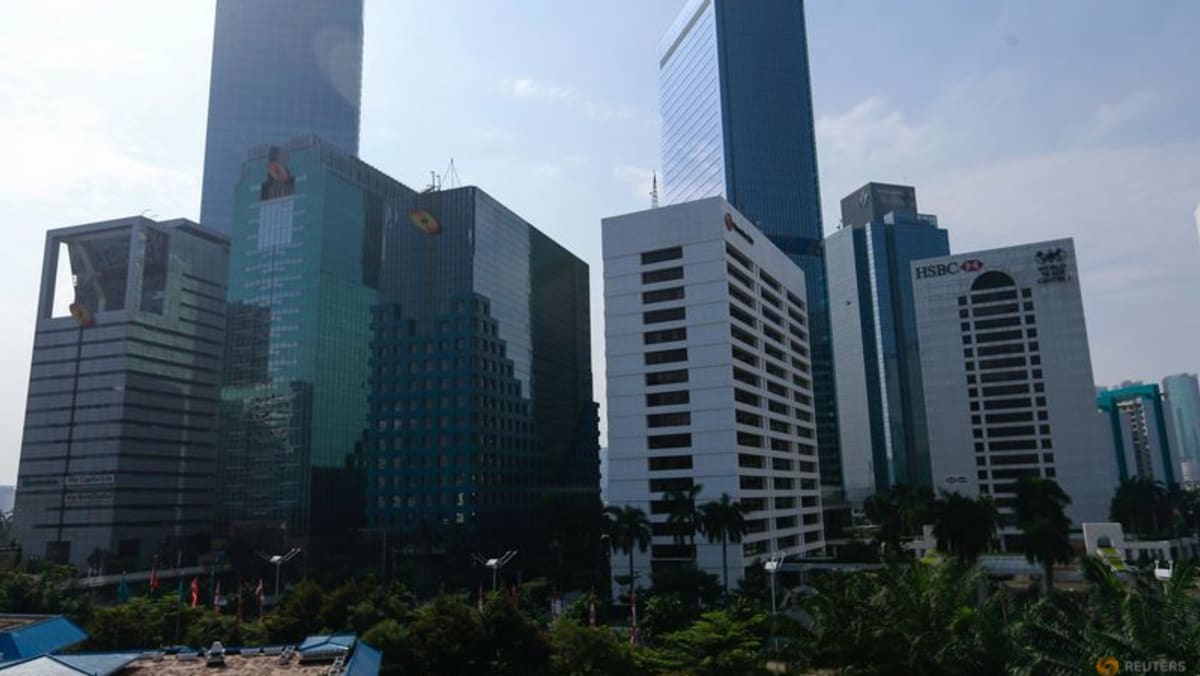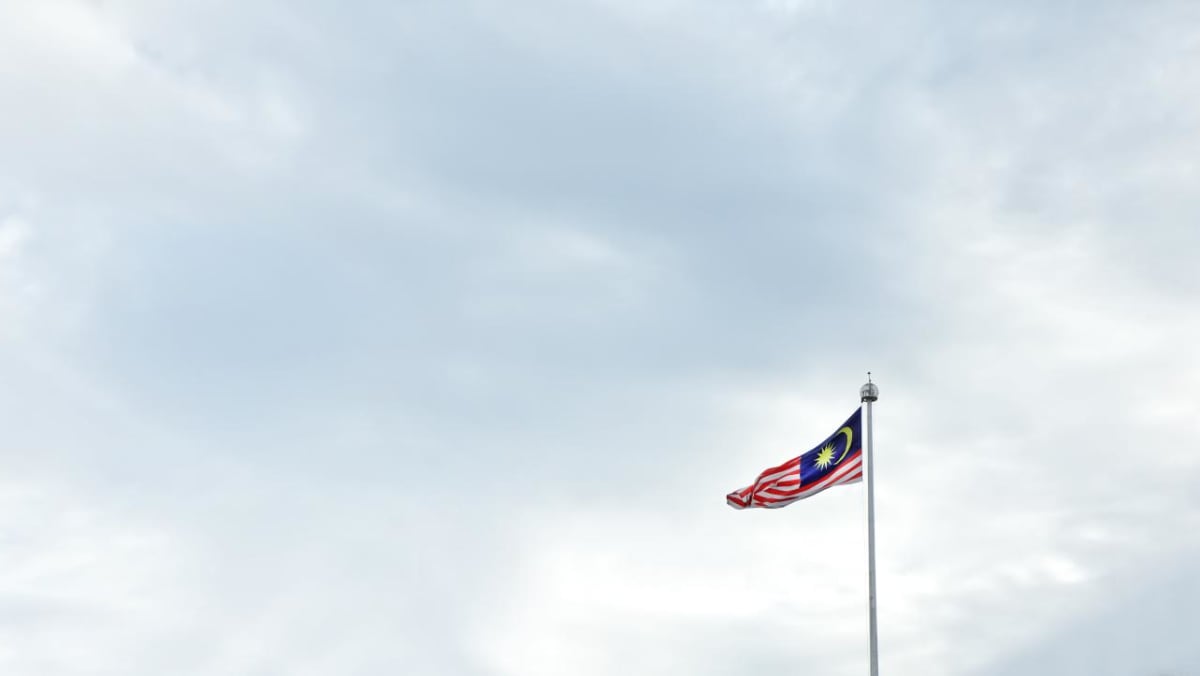Commentary: Questionable motivations behind China’s environmental focus in South China Sea

More significantly, the environmental damage attributed to the grounded Sierre Madre at Second Thomas Shoal and related human activities in the area, as claimed by China, appear to pale in comparison to the damage caused by the building of artificial islands by the South China Sea claimant states.
A CSIS report pointed out that, among other things, China has caused the most reef destruction through dredging and landfill, burying roughly 4,648 acres of reefs (equivalent to more than 3,500 football fields), followed by Vietnam (1,402 acres or more than 1,000 football fields), Malaysia (83 acres or more than 62 football fields) and the Philippines (40 acres or more than 30 football fields).
Not surprisingly, China has dismissed these findings as neither factual nor verifiable and highlighted its own efforts at protecting marine species in the South China Sea. But the fact of the matter is that the damage caused by China’s artificial island-building weakens its environmental protection claims at Scarborough Shoal.
With both parties talking past each other, China’s environmental protection reports are unlikely to put to rest the Philippines’ concerns about the destruction of marine life around Scarborough Shoal. Manila further seems eager to press the issue of another legal case against China, with the aim of bringing a fresh bout of international pressure on Beijing.
Lye Liang Fook is Senior Fellow at the Regional Strategic and Political Studies Programme at ISEAS – Yusof Ishak Institute. This commentary first appeared on ISEAS – Yusof Ishak Institute’s blog, Fulcrum.
Source: CNA















